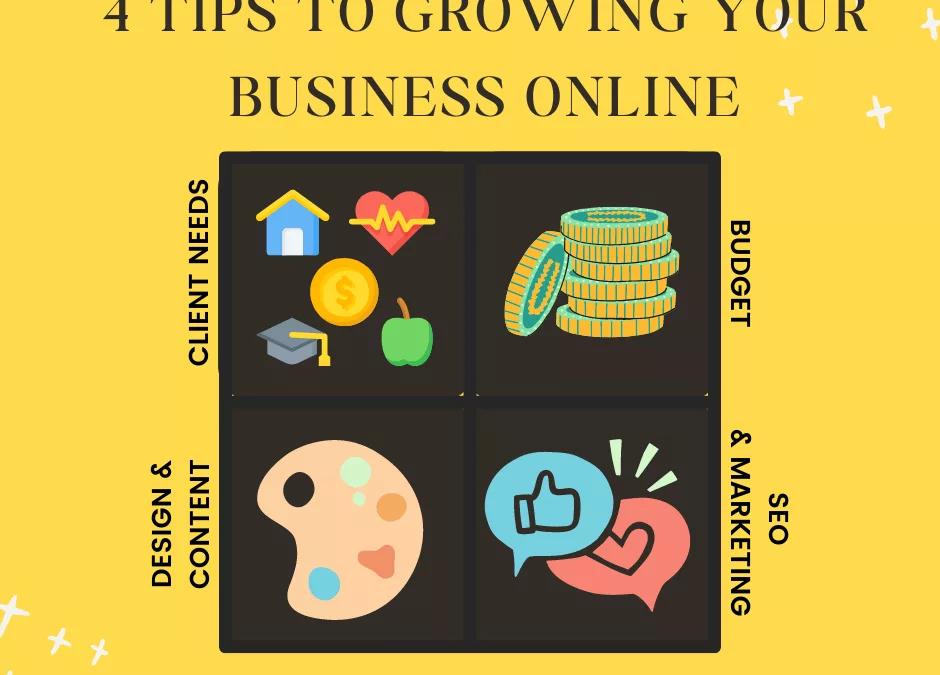
Your Online Presence without a Website
Website or Not?
Your Business Presence
Online
In today’s digital age, having a website seems like a no-brainer as a way to have online presence. But what if we told you there are situations where a website might not be the first priority?
This article will explore the factors to consider when deciding if your small business needs a website, and more importantly, how to establish a strong online presence even without one!

Can You Thrive Without a Website?
Let’s be honest – websites require investment, both in terms of time and money. For some small businesses, especially those with a hyper-local focus or established customer base, a website might not be the most impactful use of resources.
Consider a local bakery with a dedicated customer base who mostly place their orders over the phone. Instead of focusing on creating a website to display their tasty pastries, they may benefit more from establishing a robust presence on social media. This way, they can engage directly with their customers.
Building Your Online Presence Without a Website
Even without a website, there are numerous ways to establish a strong online presence for your small business:
- Social Media Platforms: Utilize platforms like Facebook and Instagram to connect with customers, showcase your products or services, and share engaging content.
- Google Business Profile: Claim and optimize your Google Business Profile to ensure your business appears in local search results and on Google Maps.
- Directory Listings: Get listed on relevant industry directories and online yellow pages to increase visibility.
These platforms offer several advantages: They’re often free to use, allow for direct customer interaction, and can significantly boost your local SEO (Search Engine Optimization).
SEO & Marketing: Still Essential!
(Even Without a Website)
Just because you don’t have a website doesn’t mean SEO and marketing are irrelevant. Here are two ways to leverage these strategies:
- Optimize Your Social Media Profiles: Use relevant keywords in your profile descriptions and posts to improve discoverability on social media platforms.
- Guest Blogging: Contribute guest articles to industry blogs or websites. This allows you to showcase your expertise, reach a wider audience, and potentially build backlinks – all of which can improve your overall SEO ranking, even without a website.

Your Online Presence : Our Success
Whether you decide to build a website or leverage alternative online presence strategies, Sunshine Developers can help! We offer a comprehensive suite of services including SEO optimization, digital marketing strategy development, and social media marketing management.
A website isn’t always the magic bullet for small businesses. However, a strong online presence is essential in today’s digital landscape. By exploring alternative options and utilizing SEO and marketing best practices, you can still establish a successful online identity for your business.
Chat to us today and let’s discuss your online business goals!







